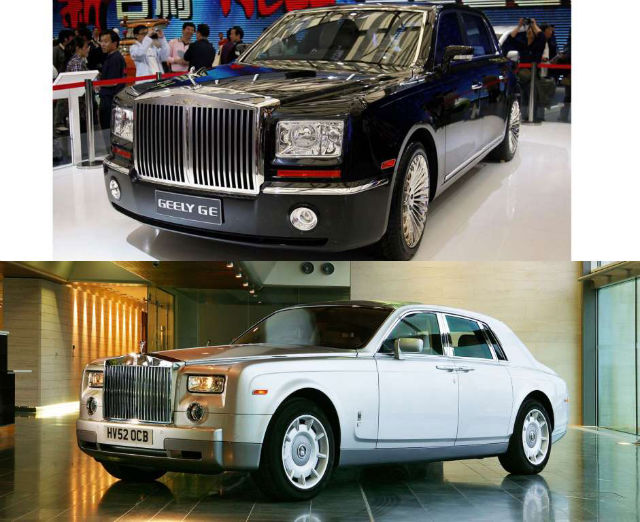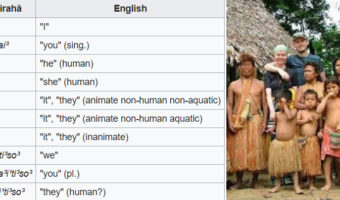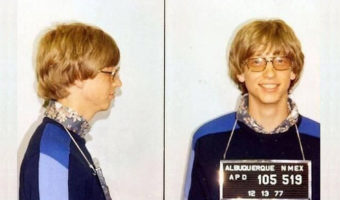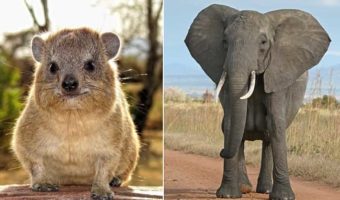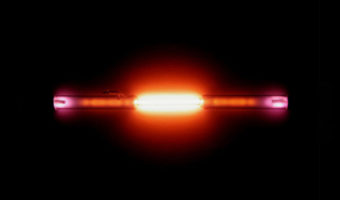China Manufactures Copycat Cars of Audi, Range Rover, Rolls-Royce and Many more..
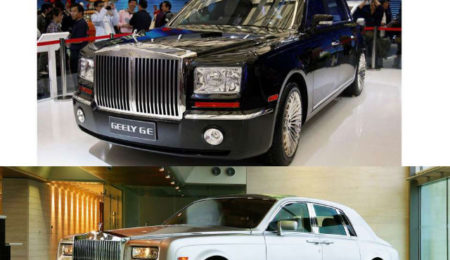
In 2013 alone, the Chinese car industry produced 18.7 million cars, amounting for 22.7% of the total cars produced in the world, making it one of China’s biggest industries.
The Chinese car market manufactures cars of internationally renowned brands as well as those that are potentially unheard of. However, they also deal in another group of cars: they may look unsettlingly familiar, but rest assured that they are not; the car you thought was a Range Rover Evoque was but the Chinese equivalent copycat car by the name of LandWind X7.
Manufacturing of copycat cars is something that China and its local car markets have indulged in since quite a while now. Some of these cars are very obvious copies of some of the more internationally renowned brands, while some pay subtle, albeit highly conspicuous homages to the original. Some of the grander cars they have drawn inspiration from include the Mini Cooper, the Range Rover Evoque, and a Rolls- Royce model.
Irrespective of how widespread this practice might be in China, its legality remains dubious. Oliver Tidman, solicitor at BRIFFA says – “There is no international copyright law, but there are international agreements such as the Berne Convention for the Protection of Literary and Artistic Works. These require countries to recognise each other’s intellectual property laws.” According to him, although copyright laws across the world may differ from country to country, the basic principles remain the same.
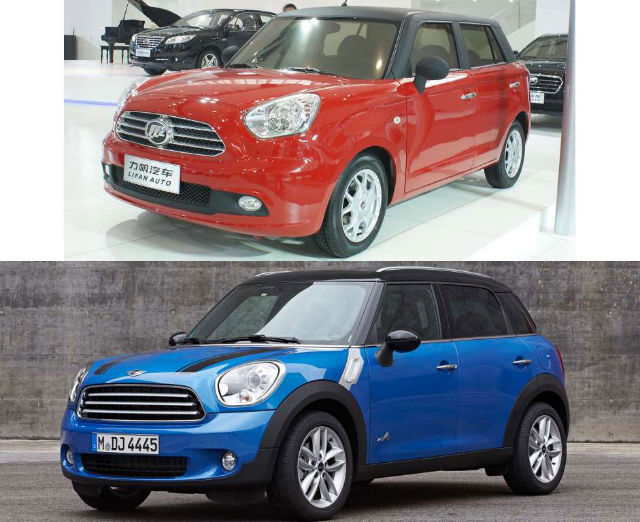
In fact, not only the copied object, but the original design too would be subject to breaking of the copyright law. In places such as the UK, copyright law protects artistic works; Tidman says that car design copyrights would exist in “2D graphic – on a computer screen or a drawing.”

However, were any of the original brands to suspect that the designs for any of their cars have been copied, it would be difficult to prove it: to do so, the company will have to inspect and compare the visible similarities individually and decide whether those are the result of independent creation or whether the design has, in fact, been copied from the original. “There must be a causal connection between the two works, which can be difficult to prove,” says Tidman.
If, however, one of these cars does manage to be deemed an original, it can get its design registered, thus being eligible to obtain registered design protection lasting up to 25 years!
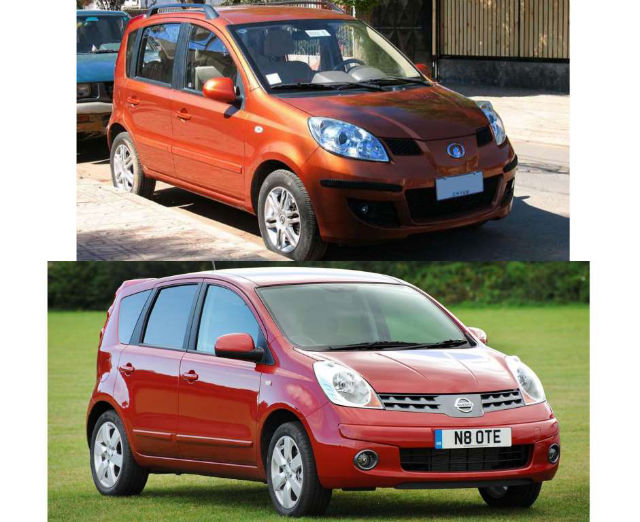
The number of cars that Chinese car manufacturers have copied thus far is too vast to list. However, the imitators are available to the public in prices much less than what the original would cost: for instance, the LandWind X7 – a clear copy of the Range Rover Evoque – costs about £14,000; an original Range Rover, on the other hand, costs approximately £35,000 more, and this is perhaps one of the reasons why the general public seems to prefer the copies to the originals.
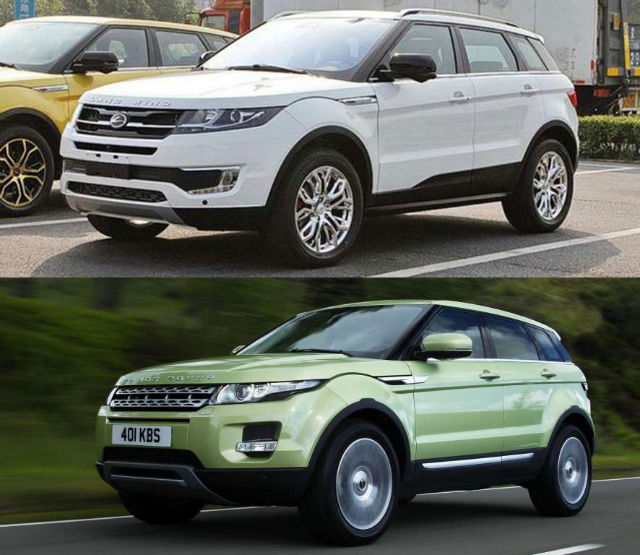
Some other cars Chinese car manufacturers have copied are the Smart ForTwo, the Hummer, the Porsche Cayman, the Audi A6, the Jeep Cherokee, and the BMW X1; the Rolls-Royce Phantom and the MINI Cooper haven’t been spared either.
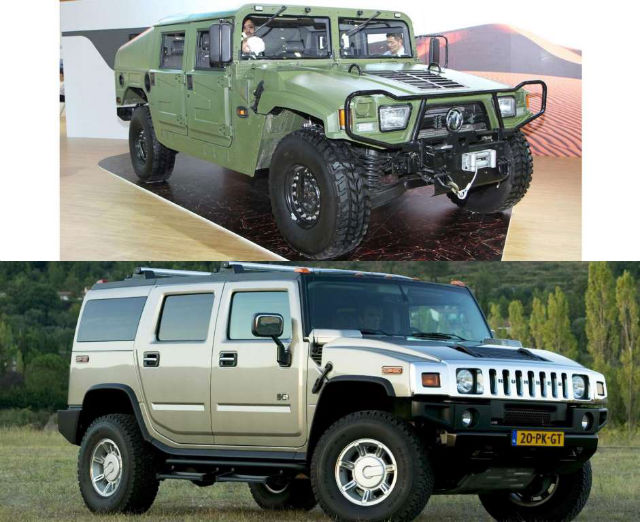
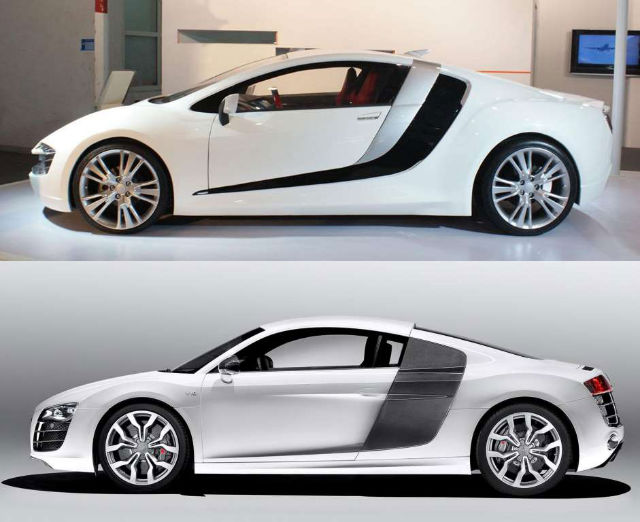

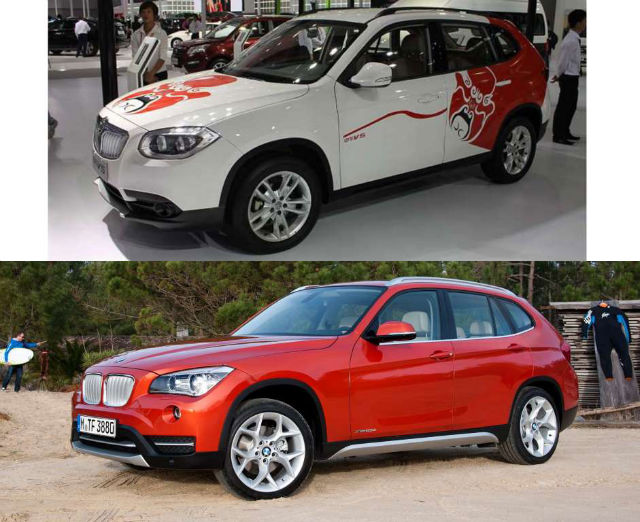

Images taken from:Â www.msn.com
[source:Â www.autoexpress.co.uk]














